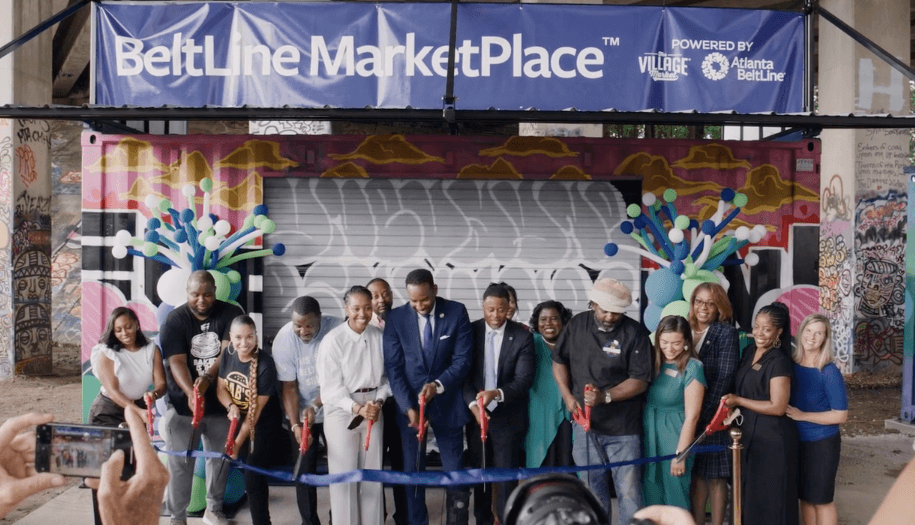Harmonizing Sound and Light to Enhance the Influence of NYC Productions
Wiki Article
Throughout NYC, performances like theater shows, musical events, and other in-person events generate a vibrant cultural landscape that attracts countless of people. One critical aspect of delivering these performances unforgettable is the meticulous integration of sound and lighting. This harmonization not only enriches the audience's experience but also aids convey feelings and messages that the artists intend to express. Understanding how audio and light interact can significantly elevate the effectiveness of any performance.

Audio serves a crucial function in setting the tone for any performance. It includes music, speech, sound effects, and background sounds that establish an auditory space for the audience. Effective sound design guarantees that each component is clear and well-mixed. For instance, in a musical theater performance, the singers' voices must be projected distinctly over the musical arrangement. This balance enables the audience to engage with the story being performed while fully enjoying the composition. Effective application of sound can elicit feelings of happiness, sadness, or suspense, shaping the viewer’s emotional responses throughout the show.
Lighting also serves a pivotal role in stage productions. Lighting design assists in create mood and focus emphasis on specific sections of the stage. Different lighting techniques can transform the perception of space and time within a scene. For example, bright lights can invigorate a scene, while dim lights can create closeness look these up or suspense. By using color and brightness in illumination, technicians can also click for source enhance the emotional tone of each scene. When combined with sound, lighting brings dimension and texture to narrative, making it more captivating for audiences.
The collaboration between audio and light specialists is essential for achieving a cohesive experience. These professionals must coordinate effectively to ensure that their components complement one another. For instance, if a scene demands a dramatic reveal, both sound effects and lighting cues need to be precisely timed. This alignment creates a powerful effect that captures the viewer’s focus. The cooperation between these two teams highlights the importance of collaboration in producing successful productions that connect with audiences.
In summary, blending audio and lighting is key for enhancing the effectiveness of live shows in NYC. Combined, they craft an engaging environment that mesmerizes attendees and deepens narrative delivery. As tools evolve, sound and lighting designers will have even more tools at their disposal to create innovative experiences. Appreciating this blend not only enriches performances but also showcases the artistry involved in producing live events. By appreciating how these aspects interact, spectators can gain a greater insight of what goes into making memorable theatrical experiences.